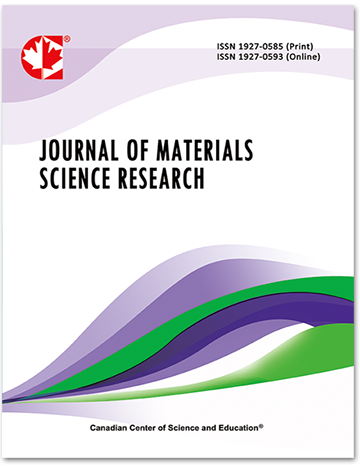Evaluation of Alkali-Silica Reactivity Using Aggregate Geology, Expansion Limits of Mortar Bars and Concrete Prisms, and Kinetic Model
- Mohammad Islam
- Nader Ghafoori
Abstract
The main objective of this study was to evaluate and classify the alkali-silica reactivity of thirteen aggregate groups using aggregate geology, and early and extended expansion limits of mortar bars and concrete prisms submerged in the 1N NaOH for 4, 8 and 13 weeks. The previously suggested ASR kinetic model, known as Kolmogorov-Avrami-Mehl-Johnson (K-A-M-J) model, was fitted with the prism expansion data over the test durations of 4, 8 and 13 weeks, and a new failure criteria was developed to better predict the degree of reactivity of the trial aggregates. The ASR classifications of the investigated aggregates evaluated by the failure criteria of alkali-cured prisms and ASR kinetic model were in good agreement with the results generated from the failure limits of mortar bars and from aggregate potential reactivity based on aggregate type.
- Full Text:
 PDF
PDF
- DOI:10.5539/jmsr.v2n2p103
Journal Metrics
Impact Factor 2022 (by WJCI): 0.583
Google-based Impact Factor (2021): 0.52
h-index (December 2021): 22
i10-index (December 2021): 74
h5-index (December 2021): N/A
h5-median (December 2021): N/A
Index
- CAS (American Chemical Society)
- CNKI Scholar
- Elektronische Zeitschriftenbibliothek (EZB)
- EuroPub Database
- Excellence in Research for Australia (ERA)
- Google Scholar
- Infotrieve
- JournalTOCs
- LOCKSS
- NewJour
- PKP Open Archives Harvester
- Qualis/CAPES
- SHERPA/RoMEO
- Standard Periodical Directory
- Universe Digital Library
- WJCI Report
- WorldCat
Contact
- John MartinEditorial Assistant
- jmsr@ccsenet.org
